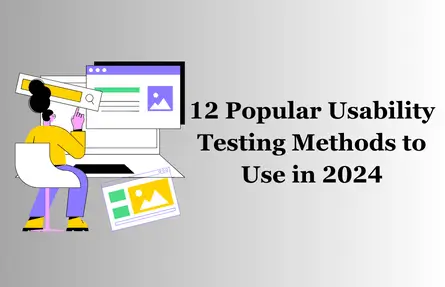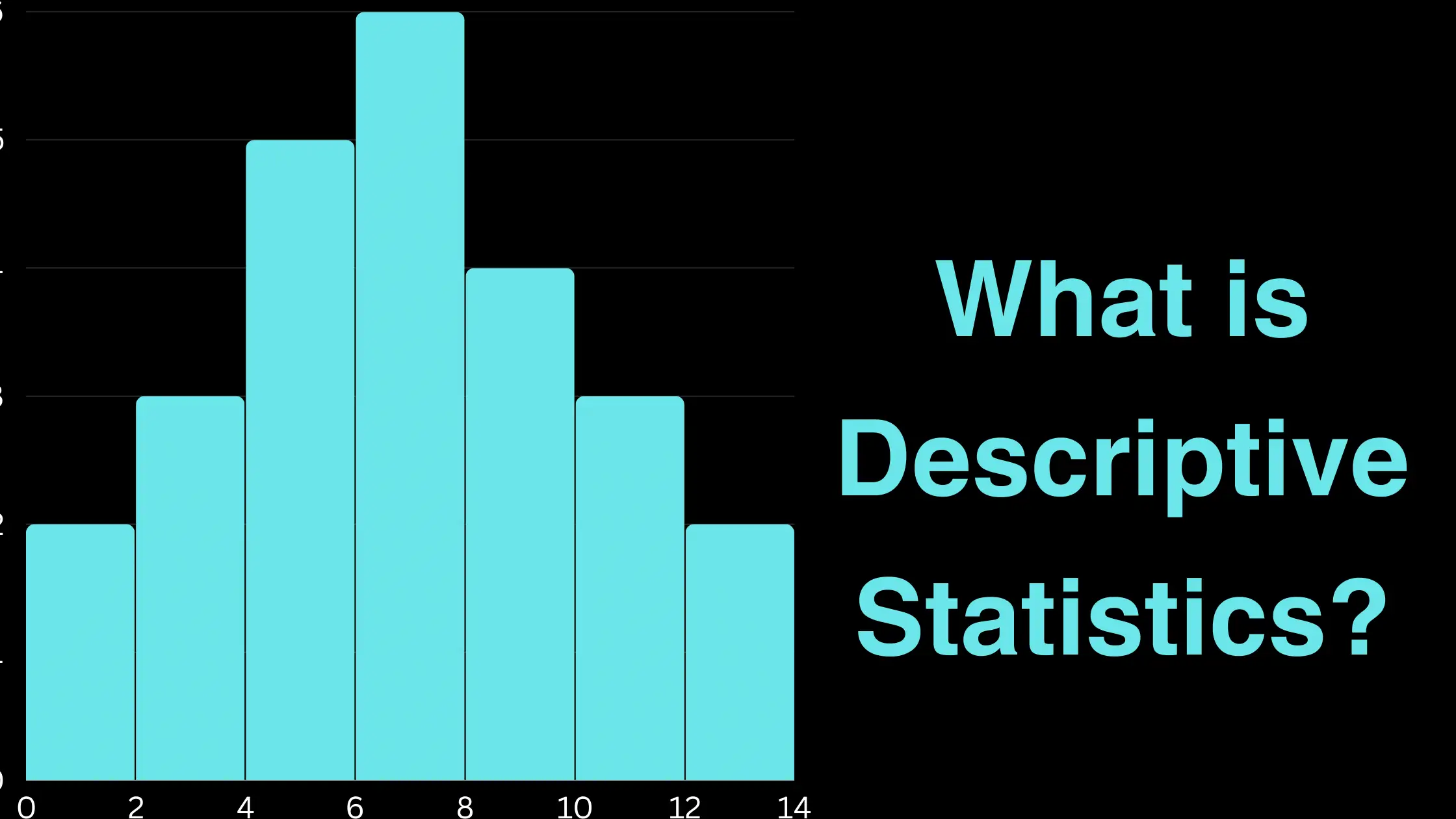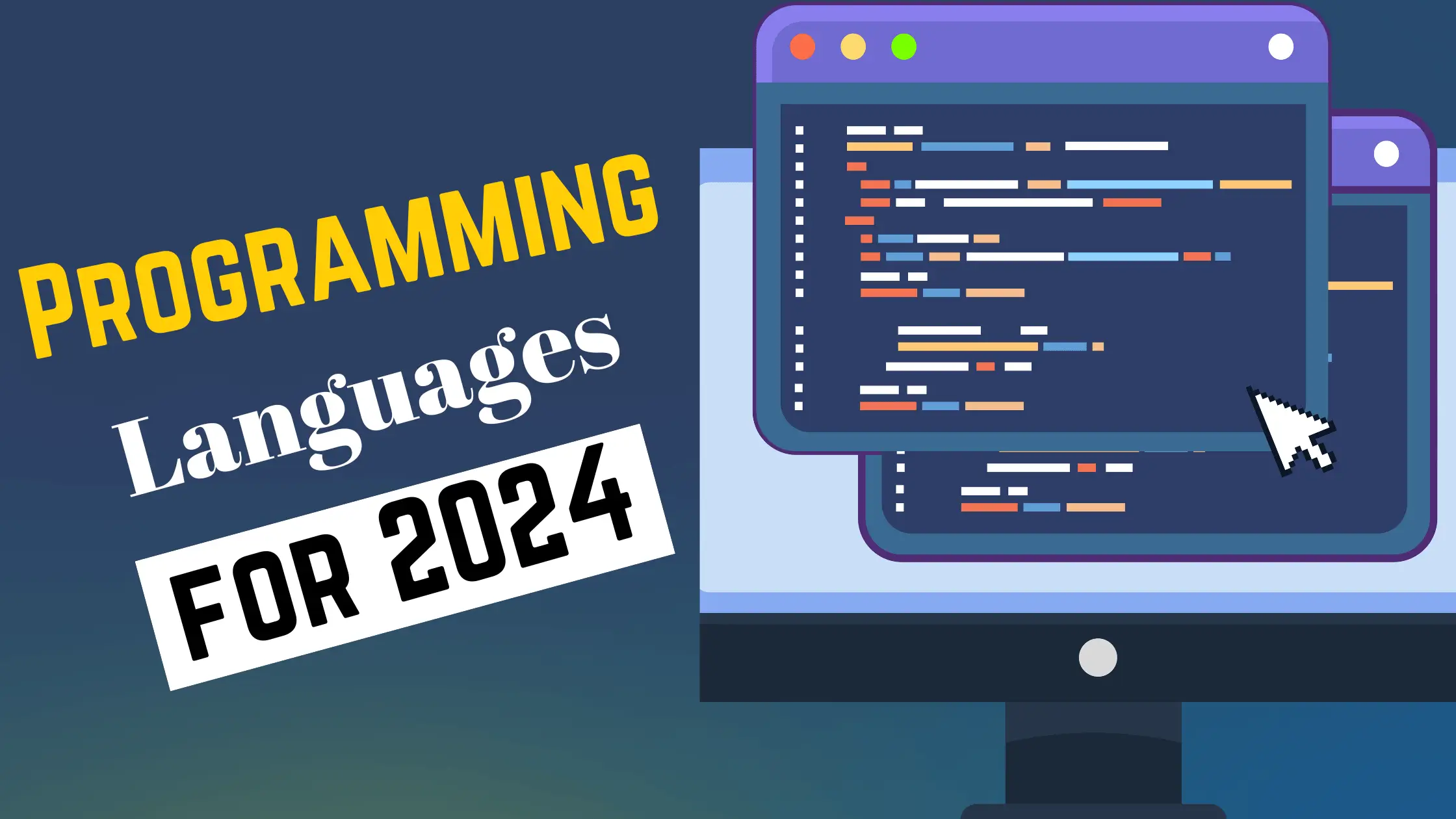Usability testing is a technique used to evaluate a product or service by testing it with representative users. It involves observing users as they attempt to complete tasks and navigate through the product’s interface. The goal is to identify any usability issues, gather feedback, and assess the overall user experience. Usability testing can be conducted at various stages of the product development lifecycle, from early prototypes to fully functional products.
Usability testing is an essential part of the user-centered design process, as it helps ensure that the product meets the needs and expectations of its intended audience. By involving real users in the testing process, businesses can gain insights into how their products are perceived and used in real-world scenarios. This information can then be used to make informed design decisions, prioritize features, and improve the overall user experience.
Importance of Usability Testing
Usability testing is crucial for several reasons:
- Identifying usability issues early: By conducting usability testing early in the product development lifecycle, businesses can identify and address usability issues before they become more costly and time-consuming to fix.
- Improving user satisfaction: Usability testing helps ensure that the product meets the needs and expectations of its intended audience, leading to higher user satisfaction and loyalty.
- Reducing development costs: By identifying and addressing usability issues early, businesses can avoid costly redesigns and development efforts later in the product lifecycle.
- Increasing conversion rates: A product that is easy to use and navigate can lead to higher conversion rates, as users are more likely to complete desired actions, such as making a purchase or signing up for a service.
- Gaining competitive advantage: In today’s crowded marketplace, a product with excellent usability can differentiate itself from competitors and gain a competitive advantage.
Now that we understand the importance of usability testing let’s dive into the 12 popular methods that UX professionals can use in 2024.
12 Popular Usability Testing Methods to Use in 2024
1. Moderated In-Person Usability Testing
Moderated in-person usability testing is a traditional and highly effective method that involves a facilitator guiding participants through a series of tasks in a controlled environment. This method allows for direct observation of user behavior and provides the opportunity to ask follow-up questions and gather qualitative feedback.
Benefits of Moderated In-Person Usability Testing
- Facilitators can provide clarification and guidance during the testing process
- Allows for in-depth exploration of user behavior and thought processes
- Provides the opportunity to gather rich qualitative data
Best Practices for Moderated In-Person Usability Testing
- Create a well-structured test plan with clearly defined objectives
- Recruit participants who closely match your target user persona
- Ensure a comfortable and distraction-free testing environment
- Encourage participants to think aloud while performing tasks
- Record sessions for later analysis and sharing with stakeholders
2. Remote Moderated Usability Testing
Remote moderated usability testing has gained popularity in recent years, especially with the rise of remote work and global collaboration. This method involves conducting usability testing sessions via video conferencing tools, allowing for real-time interaction between the facilitator and participants.
Benefits of Remote Moderated Usability Testing
- Enables testing with participants from diverse geographical locations
- Reduces travel costs and logistical challenges associated with in-person testing
- Provides flexibility in scheduling and conducting sessions
Best Practices for Remote Moderated Usability Testing
- Ensure a stable internet connection and reliable video conferencing software
- Provide clear instructions and test the setup prior to the session
- Use screen sharing and remote control features to observe user interactions
- Maintain a professional and engaging demeanor throughout the session
- Follow up with participants to gather additional feedback and insights
3. Unmoderated Remote Usability Testing
Unmoderated remote usability testing is a cost-effective and scalable method that allows participants to complete tasks independently using online platforms. This method eliminates the need for a facilitator and enables the collection of data from a large number of users in a short period.
Benefits of Unmoderated Remote Usability Testing
- Enables testing with a larger sample size, providing more representative data
- Allows participants to complete tasks in their natural environment
- Provides insights into how users interact with the product without external influence
Best Practices for Unmoderated Remote Usability Testing
- Design clear and concise task scenarios that align with your research objectives
- Provide detailed instructions and examples to ensure participants understand the tasks
- Use a reliable online usability testing platform with robust analytics and reporting features
- Analyze quantitative data alongside qualitative feedback to identify patterns and insights
- Validate findings through follow-up moderated sessions or user interviews
4. Eye Tracking Studies
Eye tracking studies involve the use of specialized hardware and software to monitor and record participants’ eye movements and gaze patterns while interacting with a product or interface. This method provides valuable insights into visual attention, engagement, and potential usability issues.
Benefits of Eye Tracking Studies
- Reveals which elements of the interface capture users’ attention
- Identifies areas of confusion or distraction that may hinder usability
- Provides objective data on user behavior and interaction patterns
Best Practices for Eye Tracking Studies
- Define clear research questions and hypotheses to guide the study design
- Calibrate the eye tracking equipment for each participant to ensure accuracy
- Combine eye tracking data with other usability metrics for a holistic analysis
- Use heat maps and gaze plots to visualize and communicate findings effectively
- Consider the limitations of eye tracking, such as the inability to capture cognitive processes
5. Card Sorting
Card sorting is a user-centered design technique that helps in organizing and structuring information architecture. Participants are asked to sort and categorize content or features into logical groups, providing insights into their mental models and expectations.
Benefits of Card Sorting
- Informs the organization and labeling of content or features
- Reveals users’ mental models and expectations for information hierarchy
- Helps in creating intuitive navigation and menu structures
Best Practices for Card Sorting
- Determine whether to use open or closed card sorting based on research objectives
- Provide clear instructions and context to participants
- Use a representative sample of content or features for sorting
- Analyze results using dendrograms or similarity matrices to identify patterns
- Validate findings through user testing and iterations
6. A/B Testing
A/B testing, also known as split testing, involves comparing two or more versions of a product or interface to determine which one performs better. This method is widely used in website optimization, marketing campaigns, and product development to make data-driven decisions.
Benefits of A/B Testing
- Provides objective data on the performance of different design variations
- Enables iterative improvements based on user behavior and preferences
- Helps in optimizing conversion rates, engagement, and other key metrics
Best Practices for A/B Testing
- Define clear goals and success metrics for the test
- Ensure a large enough sample size to achieve statistically significant results
- Test one variable at a time to isolate the impact of each change
- Run tests for an adequate duration to account for variations in user behavior
- Implement the winning variation and continue testing for further optimization
7. Contextual Inquiry
Contextual inquiry is a qualitative research method that involves observing and interviewing users in their natural environment. This method provides deep insights into user behavior, motivations, and pain points within the context of their daily tasks and workflows.
Benefits of Contextual Inquiry
- Reveals how users interact with products or services in real-world settings
- Uncovers hidden needs, challenges, and opportunities for improvement
- Provides rich qualitative data to inform design and development decisions
Best Practices for Contextual Inquiry
- Establish clear research objectives and areas of focus
- Recruit participants who closely match your target user persona
- Conduct observations and interviews in the user’s natural environment
- Use open-ended questions to encourage participants to share their experiences and perspectives
- Analyze findings to identify patterns, themes, and actionable insights
8. Heuristic Evaluation
Heuristic evaluation is an expert-based usability inspection method that involves evaluating a product or interface against a set of established usability principles, known as heuristics. This method is often used to identify potential usability issues early in the design process.
Benefits of Heuristic Evaluation
- Provides a structured framework for identifying usability problems
- Can be conducted quickly and cost-effectively by a small team of experts
- Helps in identifying issues that may be overlooked in user testing
Best Practices for Heuristic Evaluation
- Select a set of heuristics that are relevant to your product or domain
- Assemble a team of evaluators with diverse expertise and backgrounds
- Conduct the evaluation independently to avoid bias and groupthink
- Consolidate findings and prioritize issues based on severity and impact
- Validate findings through user testing and incorporate feedback into the design process
9. Usability Benchmarking
Usability benchmarking involves measuring the usability of a product or service against industry standards, competitors, or previous versions. This method helps in tracking progress, identifying areas for improvement, and setting realistic goals for user experience.
Benefits of Usability Benchmarking
- Provides a baseline for evaluating usability improvements over time
- Enables comparison with competitors and industry standards
- Helps in setting measurable goals and KPIs for user experience
Best Practices for Usability Benchmarking
- Identify relevant usability metrics and benchmarks for your product or industry
- Use consistent testing methods and metrics across benchmarking studies
- Conduct benchmarking studies regularly to track progress and identify trends
- Communicate findings to stakeholders and use insights to drive UX improvements
- Consider the limitations of benchmarking, such as differences in user populations and testing environments
10. Accessibility Testing
Accessibility testing ensures that products and services are usable by people with disabilities, including those with visual, auditory, motor, and cognitive impairments. This method involves evaluating the accessibility of a product against established guidelines and standards, such as the Web Content Accessibility Guidelines (WCAG).
Benefits of Accessibility Testing
- Ensures that products are inclusive and usable by a wider range of users
- Helps in complying with legal requirements and avoiding potential lawsuits
- Improves overall usability and user experience for all users
Best Practices for Accessibility Testing
- Familiarize yourself with accessibility guidelines and standards relevant to your product
- Use automated accessibility testing tools to identify common issues
- Conduct manual testing with users with different types of disabilities
- Provide alternative text for images, captions for videos, and other accessibility features
- Continuously monitor and improve accessibility as the product evolves
11. Diary Studies
Diary studies involve participants keeping a record of their experiences, thoughts, and behaviors related to a product or service over an extended period. This method provides insights into user behavior and perceptions in real-world contexts and over time.
Benefits of Diary Studies
- Captures longitudinal data on user behavior and experiences
- Reveals patterns, habits, and changes in user perceptions over time
- Provides rich qualitative data to complement other usability testing methods
Best Practices for Diary Studies
- Define clear objectives and research questions to guide the study design
- Provide participants with easy-to-use tools and templates for recording their experiences
- Use a mix of structured and unstructured prompts to capture diverse insights
- Encourage participants to provide context and detail in their entries
- Analyze data regularly and follow up with participants for clarification and deeper insights
12. Guerrilla Usability Testing
Guerrilla usability testing is a quick and informal method that involves conducting short usability tests with random participants in public settings, such as coffee shops or parks. This method is useful for gathering rapid feedback and validating design concepts early in the development process.
Benefits of Guerrilla Usability Testing
- Provides fast and cost-effective feedback on design concepts
- Enables testing with a diverse range of users outside of a controlled environment
- Helps in identifying major usability issues and gathering initial user reactions
Best Practices for Guerrilla Usability Testing
- Define a clear and concise set of tasks or questions to guide the testing
- Approach potential participants politely and explain the purpose of the study
- Keep sessions short and focused, typically lasting 10-15 minutes
- Offer incentives, such as gift cards, to encourage participation
- Analyze feedback quickly and iterate on the design based on insights


![Top 8 DSA Project Ideas in 2024 [With Source Code]](https://evuzzo.com/wp-content/uploads/2024/05/DSA-Project-Ideas-in-2024.png)


![Top 15 Software Engineer Projects 2024 [Source Code]](https://evuzzo.com/wp-content/uploads/2024/04/Top-15-Software-Engineer-Projects-2024-Source-Code.webp)

